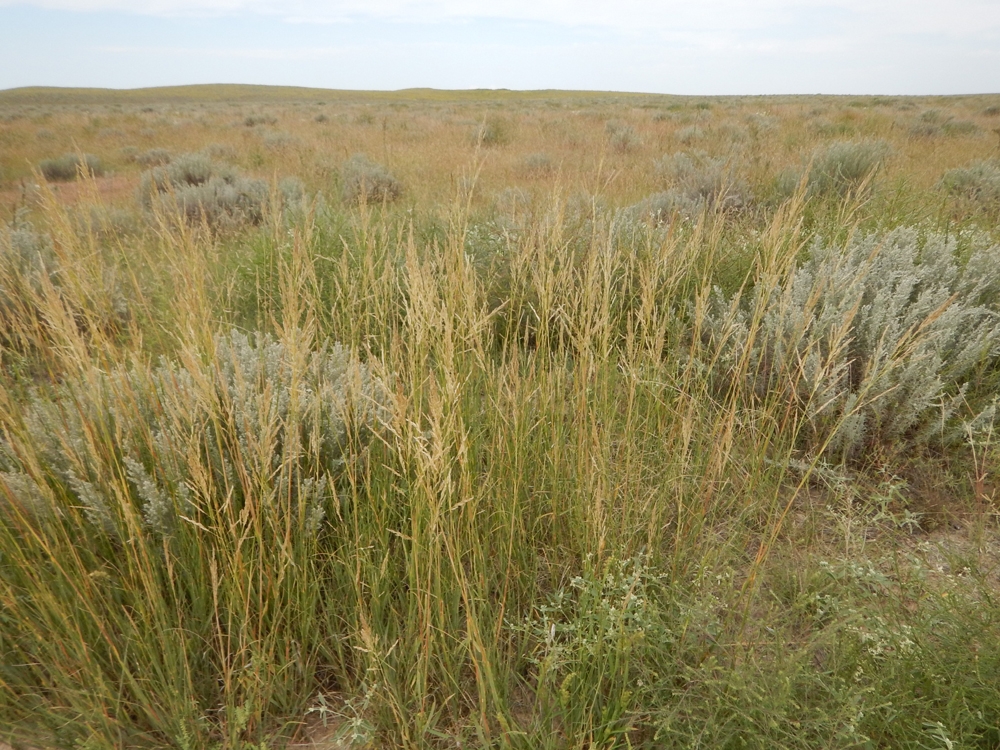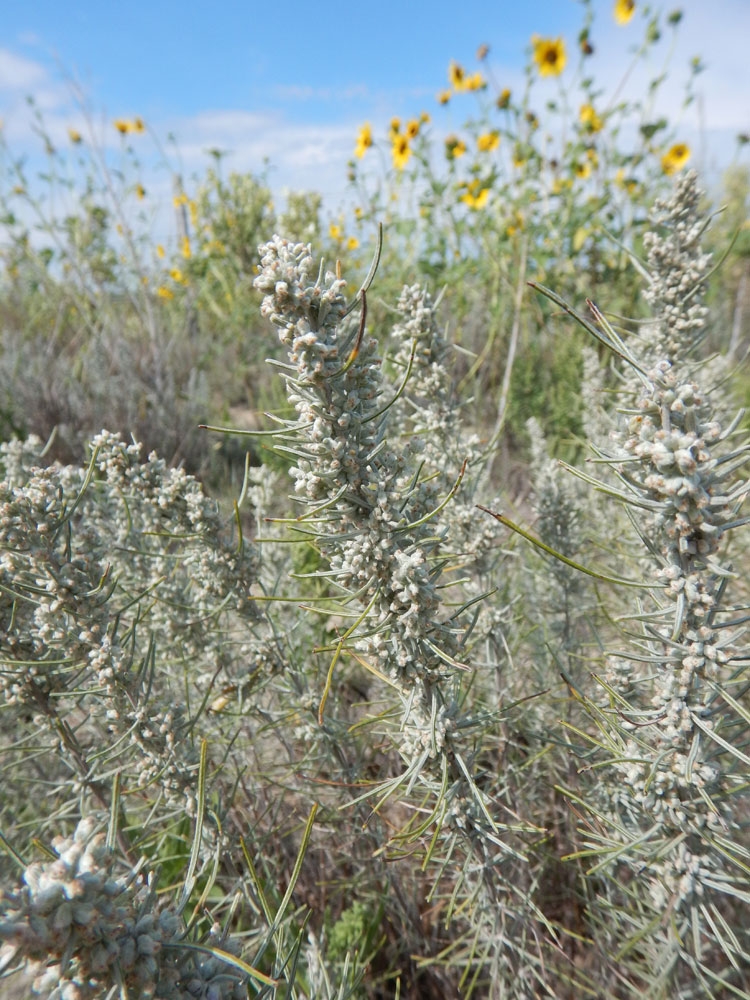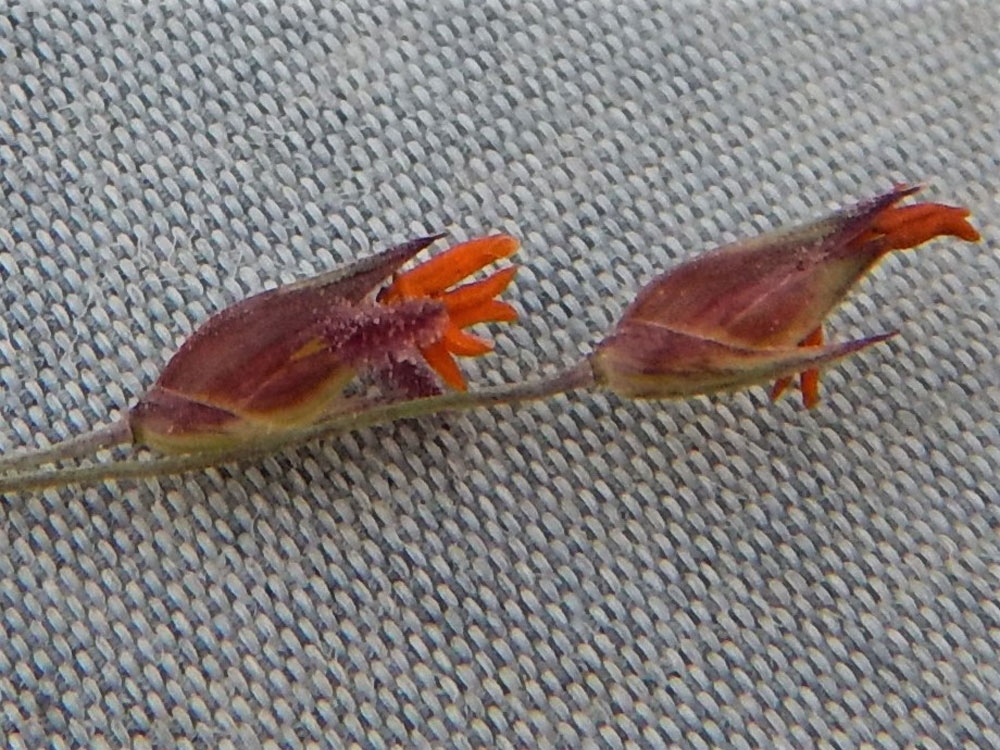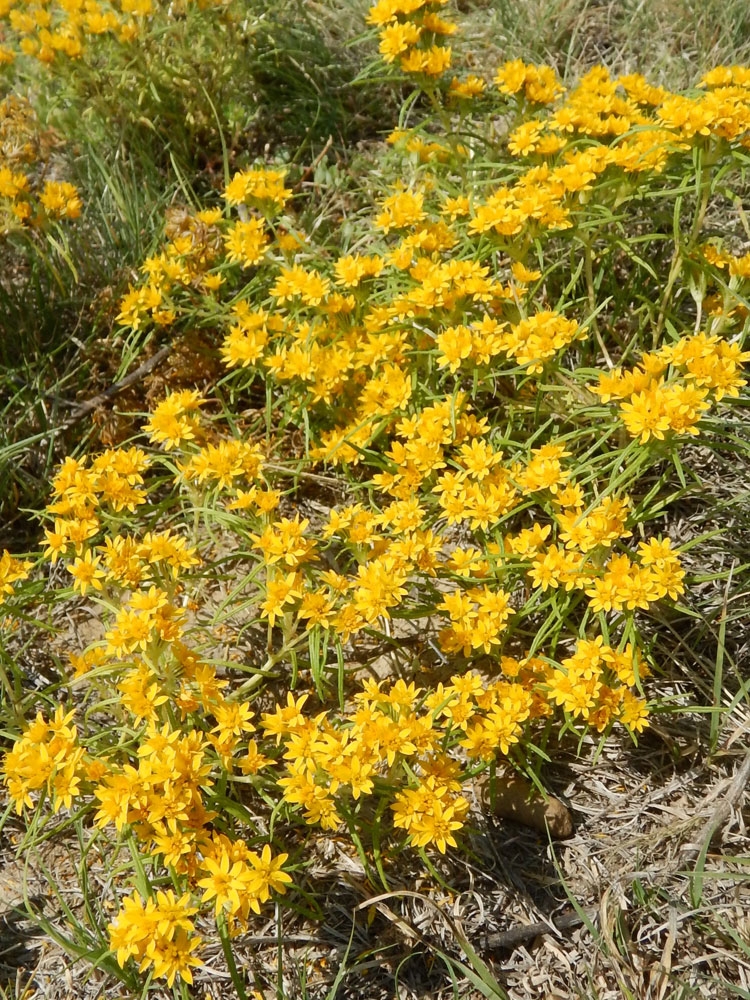Discovering the Plants & People of the Eastern Plains
Colorado is known worldwide for its lush mountain habitats with towering forests of pine, fir and aspen. This grand topography, tied to a romantic history of silver mining and pioneer grit, shapes much of the state’s identity. Yet it is only one part of Colorado’s unique ecological and human story.
The Eastern Plains of Colorado comprise 40 percent of the state’s land, boasting their own natural beauty and rich history of people forging close ties to the land. In an age when people are aggregating in cities and, some might argue, losing touch with the faraway lands that provide their food and fiber, rural landowners are becoming critical stewards of our ecological treasures.
Cattle ranching is a major part of the agricultural economy on the Eastern Plains. In contrast to planting crops, which is a (necessary) land use that displaces native plants and animals, grazing can support diverse and ecologically important habitat. This is because sustainable cattle grazing mimics historic conditions, when bison roamed the prairies feeding on native grasses. The result is that many ranchers in eastern Colorado steward healthy grassland habitats that reduce soil erosion, filter water and enhance groundwater recharge, and support abundant wildlife. Now consider two things: private grazing lands cover nearly one-third of the nation, and many of these grasslands are woefully under-studied from a botanical perspective.
Botanical inventories form the foundation of plant biodiversity research, which aims to understand where different species occur and why. Such understanding has far-reaching applications, from documenting where medically important plants occur, to determining how species will respond to global change. During a botanical inventory, individuals of different plant species are collected and accessioned into a herbarium, where both the specimen and its associated data are curated in perpetuity.
At Denver Botanic Gardens, we have more than 60,000 plants accessioned in the Kathryn Kalmbach Herbarium. We are still growing the collection to expand knowledge about Colorado’s plant communities. A look at the numbers reveals a striking gap in what we know about grasslands: of more than half a million plant collections made in Colorado since the early 1700s, less than 30,000 (5 percent) are from the 14 counties that make up the state’s rural Eastern Plains. This lack of data represents a serious challenge to conserving one of the nation’s major ecosystems.
This past summer, staff and volunteers from the Gardens had the opportunity to survey well-stewarded, private grazing lands in Kiowa County, which is in the southeastern corner of the state on the border of Kansas. Unbroken (never ploughed or tilled) grassland habitat provides the closest representation of pristine prairie available to researchers today. We surveyed beautiful sandhill sage prairie habitat on the properties of Cardon G. Berry and Cathryn Anderson, both of whom have long-time family ranches.
If you have not seen sandhill sage prairie, Go East, young men and women! This habitat occurs on deep, sandy soils associated with dune systems and ancient floodplains. Sandhill sage (Artemisia filifolia) shrubs have thread-like silvery leaves filled with aromatic compounds that perfume the sun-warmed prairie air. A sea of visually and taxonomically diverse grasses, including blue grama (Bouteloua gracilis), sand bluestem (Andropogon hallii), and western wheatgrass (Pascopyrum smithii), grow within the shrub matrix. During the team’s September survey, many of the grasses had dehisced (let loose) their anthers, presenting an explosion of miniature yellow, magenta, and orange streamers to those with a keen eye. Several species with showy flowers streaked the prairie with late-season color. One of our favorites of the trip, a golden beauty of the daisy family, Pectis angustifolia, smelled of the freshest lemons in Italy when crushed (true to one of its common names, Limoncello).
Despite the lure of so many olfactory and visual distractions, the field team, led by Dr. Janet Wingate, collected over 48 county records in Kiowa this year! This fact is both inspiring and sobering: inspiring because our own backyards still hold the promise of fresh discovery; sobering because until we document what is in our own backyards, we cannot hope to conserve them for future generations. We thank the private landowners who helped us explore another corner of the world this field season!
Gallery




Add new comment